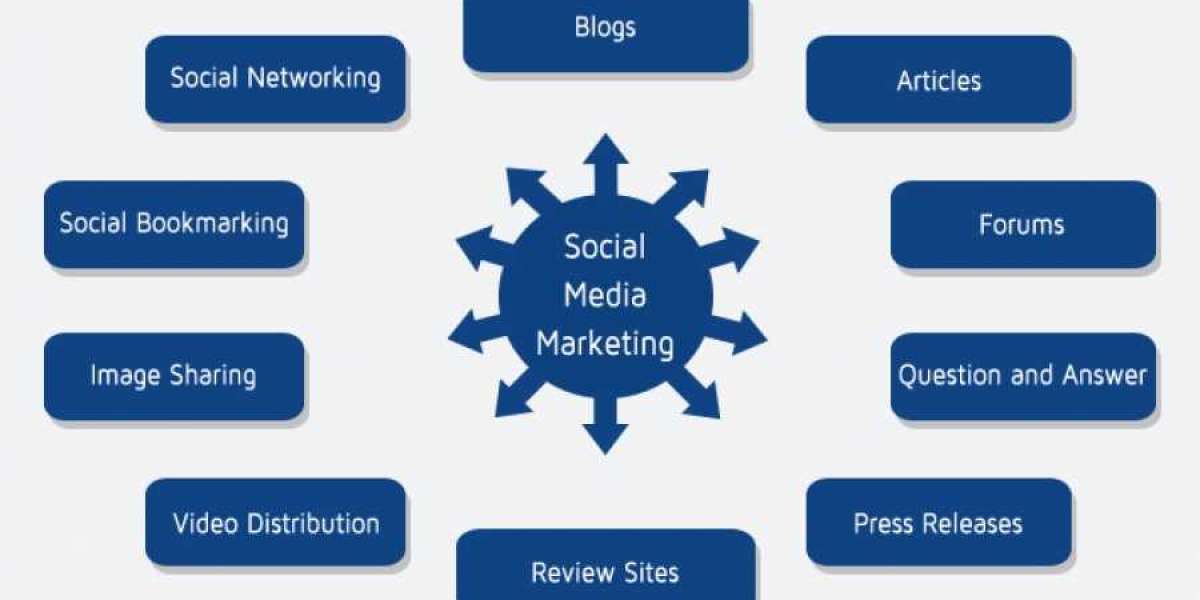Market Insights
The Vibration Sensor market was valued at USD 3,831.9 Million in 2020, and it is expected to reach a value of USD 5,803.6 Million by 2027, at a CAGR of 8.1% over the forecast period (2021 - 2027).
Vibration sensors are included into condition monitoring systems, allowing users to detect irregularities, damages, and balancing concerns in heavy machinery. The increasing integration of Industrial IoT technologies into the production environment has prompted market participants to create sophisticated technology sensors.
Segmental Analysis
The Global Vibration sensor market is segmented by product: accelerometers, velocity sensors, displacement sensors, proximity probes. By output type market is segmented into analogue, digital. By application market is segmented in automotive transportation, consumer electronics, healthcare, oil gas, chemical, aerospace defence. Based on region it is categorized into: North America, Europe, Asia-Pacific, South America, and MEA.
Analysis by Type
The analogue output category accounted for more than 60% of revenue in 2021 and is expected to grow at a CAGR of 6.5% through 2028. Improved sensitivity, wide range readings, low-cost installations, and quick time to market are just a few of the benefits of vibration sensors with analogue output. These sensors are widely used in smart home security applications including home care kits, security alarm systems, and building management solutions. This has motivated OEMs to create analogue vibration sensors to meet the increased demand in home security applications, thus fuelling market growth. To enable effective vibration monitoring in smart home appliances, vibration sensor manufacturers are embedding analogue communication interfaces into their sensors
Regional Insights
The Asia Pacific vibration sensor market garnered 45 % of revenue share in 2021 and is expected to increase at an 8 % CAGR from 2022 to 2028. The advancement of the sector is due to the region's rising government initiatives to encourage automotive-grade semiconductor manufacture. South Korea, for example, committed USD 176.8 billion in March 2021 to increase the country's automotive semiconductor output. It assists local enterprises in the production of sensors, chips, wafers, and other semiconductor components. The government intends to alleviate the worldwide semiconductor shortage in the automobile industry.
Market Dynamics
Driver
- Predictive maintenance is rapidly gaining traction in the worldwide manufacturing industry. It is becoming widely used, particularly in capital-intensive industries like as automotive and oil gas. Several predictive maintenance methods and procedures are available to monitor the state of machinery and equipment to discover wear and other failure signs. As a result, the shift from preventive to predictive maintenance has a substantial impact on the growth of the vibration sensors market.
Restraint
- Currently, different standards control or guide vibration monitoring and analysis, including several that set measurement and data analysis technique categories. The International Organization for Standardization develops and publishes a variety of essential standards for machine vibration monitoring and analysis (ISO). Manufacturers of vibration monitoring sensors, equipment, and tools must adhere to certain industry standards. Industry standards limit producers' ability to create their goods in accordance with their established methods, and they may also increase the total cost of the product.
Competitive Landscape
The market for vibration sensors is very fragmented. As new entrants have obstacles in reaching out to customers, the presence of multinational sensor manufacturers with established brand identities in the market is predicted to have a dramatic impact on the intensity of competitive competition. Brand identity has a significant impact on customer behaviour. As a result, well-known enterprises have a significant edge over other market participants. Texas Instruments, Honeywell, and Emerson are among the prominent participants.
Top Players Company Profiles
- Baker Hughes Company (US)
- TE Connectivity (Switzerland)
- SKF (Sweden)
- Honeywell International Inc. (US)
- Emerson Electric Co. (US)
- Robert Bosch (Germany)
- NXP Semiconductors (Switzerland)
- Omron Corp. (Japan)
- Rockwell Automation Inc. (US)
- National Instruments (US)
Recent Developments
- In March 2020, SKF (Sweden) has introduced the SKF Enlight Collect IMx-1, a compact and cost-effective vibration and temperature sensor for monitoring the condition of rotating components on large industrial machinery.
- In March 2020, First Sensor AG (Germany), a producer of sensing systems, was bought by TE Connectivity (US). Following the transaction, TE now owns 71.87% of First Sensor. TE will be able to provide a wider range of products, including innovative and market-leading sensors, by integrating the portfolios of both companies.
Key Market Trends
- Some of the important drivers driving demand for aviation health monitoring systems include increased situational awareness to drive operations, cost-effective maintenance, and increased asset utilisation.
- Passenger traffic in Europe and other key aviation markets, such as the United Kingdom and Germany, has increased in terms of both the number of passengers and the number of aircraft movements, which is likely to drive the market throughout the projection period.
- Turbine engine failures are the leading source of mechanical failures, which raises expenses; as a result, customers are increasingly turning to prognostic health management (PHM) systems to minimise these losses and save maintenance costs. Because vibration is the most often used health monitoring characteristic in the aircraft engine business, the development of PHM systems will almost certainly have a direct influence on the rise of vibration sensors.








